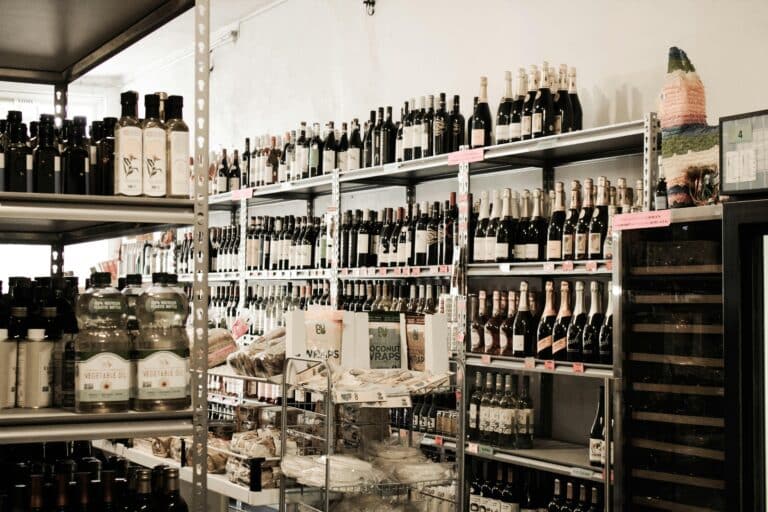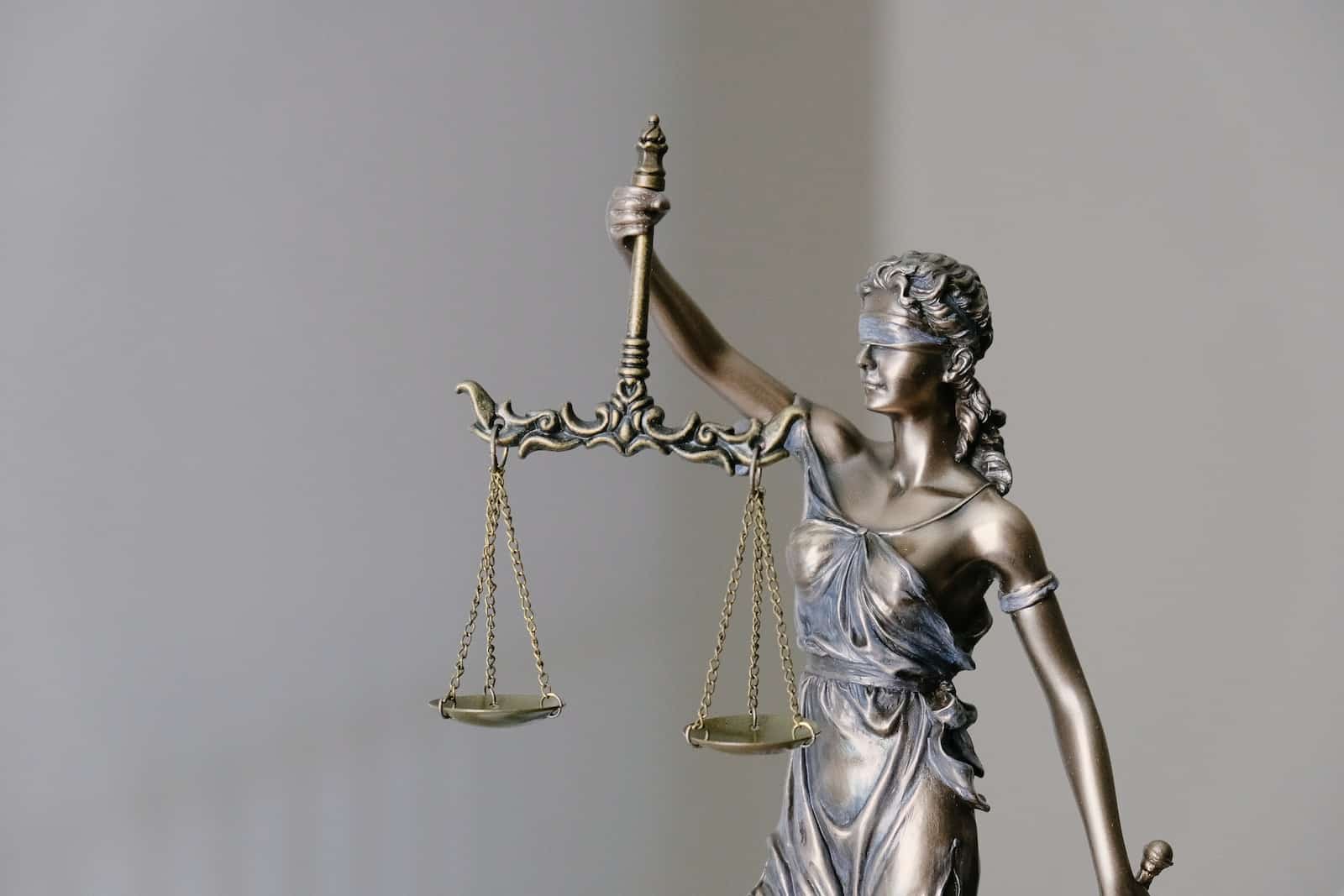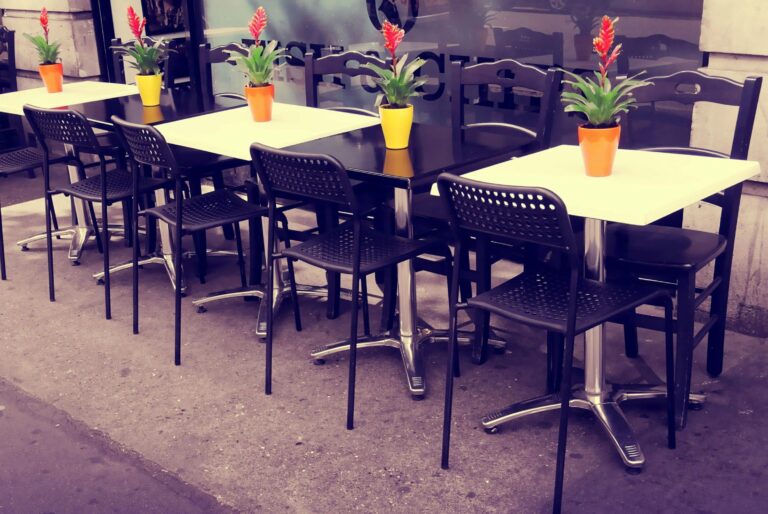Governor Hochul and the New York Legislature empaneled the NYSLA Commission to Study the Reform of the Alcoholic Beverage Control Law. This is in part because every year, people complain that the laws governing the sale of alcoholic beverages seem to defy logic and common sense. What laws have outlived their usefulness, and which should endure is a matter of personal opinion. However, it is worth remembering why these laws were enacted and how they changed life in New York State.
THE THREE-TIER SYSTEM
It is generally accepted that the “Great Experiment,” Prohibition, was a failure. When it was repealed by the 21st Amendment to the United States Constitution, John D. Rockefeller commissioned a study to determine what problems lead to the adoption of prohibition and to suggest reasonable alternatives so that these problems would not return after Repeal. The result was a report entitled, Toward Liquor Control by Raymond B Fosdick Albert L Scott. One of its key findings was that prior to Prohibition, suppliers had too much power of retailers. By their nature wineries, distilleries and breweries have a fixed location, which is usually remote from population centers, while bars, restaurants and the like are almost always located in the center of business and residential areas. Before Prohibition, it was common for distilleries and breweries to provide saloons with loans on the condition that the saloon carry its products and sold a stated specified amounts each week. If the saloon failed to meet its quota, the distillery or brewery could call in the loan and put the saloon out of business. This led to massive over consumption, as well as price wars. In response both federal and New York state laws were based upon a three-tier system. Tier One consists of suppliers and importers, who make the products or import them into the Country. Tier One is responsible to make certain that all excise taxes are paid as soon as the alcoholic beverages are placed in the stream of commerce. The second tier is made up of wholesalers or distributors. Wholesalers are pay New York State excise taxes based upon the goods that are delivered to the retailers. Because suppliers and importers are usually in a more remote location, wholesalers consolidate alcoholic beverages from various suppliers, store them in an accessible location and see that they get to the retailers so that an orderly market is maintained. The Third Tier is the retailers. They are restaurants, bars, package stores, bodegas and grocery stores. Because they sell directly to consumers, they are the most responsive to public pressure. This is the Tier that is responsible to make certain underage people do not obtain or consume alcoholic beverages. They are also responsible to make certain that people are not served to the point of excess, which in turn makes them responsible to prevent drunk driving and similar evils. Also, the retail tier collects and remits sales taxes.
Fosdick and Scott argued that in order to prevent over consumption and other evils that gave rise to Prohibition, it was important to keep the retailer completely independent from the supplier and the wholesaler. For this reason, with very limited exceptions, both federal and state law make it illegal for any supplier or wholesaler to give or lend to any retailer anything of value in order to persuade the retailer to purchase its products to the full or partial exclusion of any other products.
SEPARATION OF ON AND OFF PREMISE LICENSES
Prior to Prohibition, if a person was drinking in a saloon and wanted a bottle of wine or spirits, he or she would simply buy it and take it home. It also common for a man to send his son down the corner saloon with a growler and have it filled with beer and brought home. As a result, the vast majority of drinking took place in saloons, bars and taverns. At that time, it was believed that men would be less likely to overconsume or become rowdy, if they did the drinking at home, under the watchful eye of their wives. In an effort to discourage drinking in saloons and bars and to encourage drinking at home, New York State established a two-channel licensing system. Restaurants, bars, and taverns (at the time the word saloon was banned) could only sell for on premise consumption. Liquor stores could only for off premise consumption. Moreover, by limiting the items a liquor store could sell to wine and spirits, there could be no good reason for a person under the legal drinking age to ever enter a liquor store. Beer, which had a lower alcoholic beverage content and which had historically been considered less problematic than wine and spirits could be sold in grocery stores; but the sale of wine or spirits there was forbidden. One may argue that the sale of wine and spirits in a package store is more convenient, but that was one of the reasons it was forbidden.
THE RESULT
The plan suggested by Fosdick and Scott worked so well that people no longer remember the “evils” that gave rise to Prohibition. Drinking in bars has been severely curtailed. Drinking at home ahs become much more social and much less anti-social. At the same time, excise taxes on alcohol, which is one of the state and federal governments principal source of income are collected with a minimum of effort or evasion. In addition, the Three tier system helps guaranty the alcoholic beverages you serve and drink are safe an unadulterated.
This article is not intended to give specific legal advice. Before taking any action, the reader should consult with an attorney familiar with the relevant facts and circumstances.



